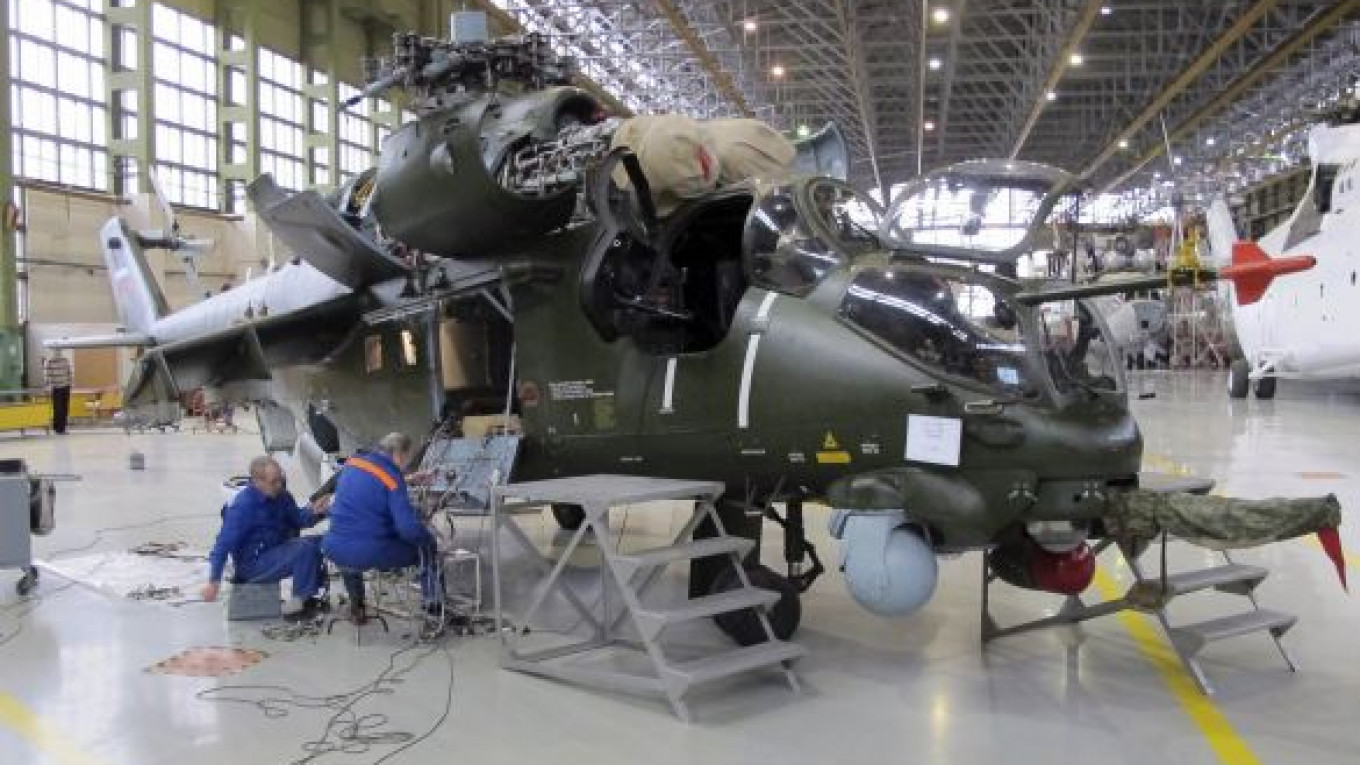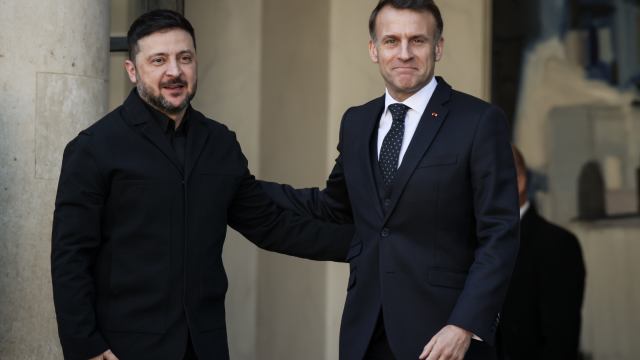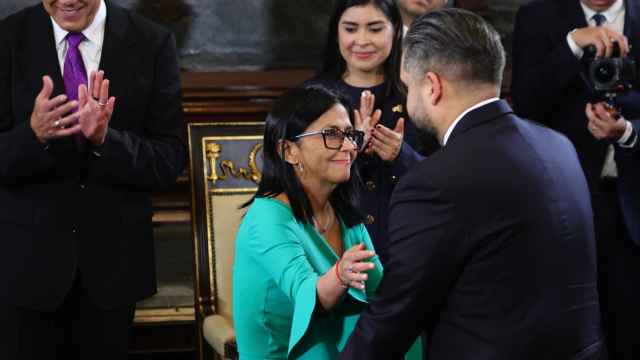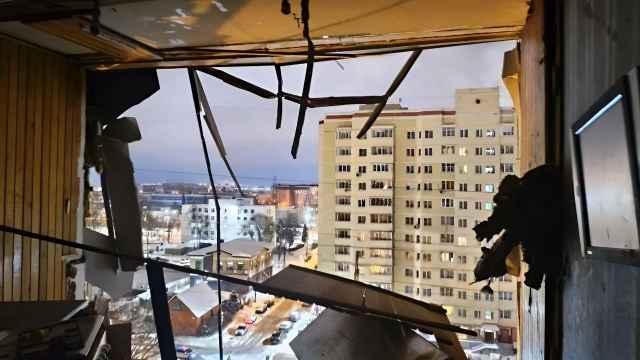ROSTOV-ON-DON — Russia is breathing new life into a helicopter industry left in ruins by the Soviet collapse, part of a modernization program aimed at diversifying the economy away from oil and gas.
State-run Russian Helicopters, a holding company set up last year to bring together 11 regional manufacturers, is winning new contracts both inside and outside the country and has unveiled plans for a groundbreaking $500 million market float.
Russian Helicopters builds a series of Mi-branded vehicles such as were used in the Soviet Union invasion of Afghanistan in the 1980s. Today's family includes the 24-hour Mi-28 Nighthunter and the heavy lifting Mi-26.
The company as a whole plans to deliver 262 helicopters this year, up from
214 in 2010, a financial market source said, while orders from the state are seen at 1,200 to 1,300 machines within the next 10 years.
That translates into at least half of the future production pipeline, said UralSib analyst Anna Kupriyanova.
"Regarding future orders, as of now we estimate roughly half are coming from the domestic market and half from export orders. … Demand from export markets is strong as Mi helicopters do not face high levels of competition in their segment and are relatively cheap," she added.
Russian Helicopters' Mi-35 has orders from the Brazilian air force for use in the war against drug trafficking, according to industry sources.
Meanwhile, Kazan Helicopters, also part of the holding company, will supply
21 military Mi-17 machines to the United States for use in its military operation in Afghanistan, Kommersant wrote this month.
Russia is one of the few major economies increasing defense spending in the wake of the global economic crisis, pledging more than $651 billion over the next decade. The country spent $61 billion last year.
Investment in helicopter manufacturing in particular is part of President Dmitry Medvedev's ambitious plans to reduce the country's reliance on demand for its natural resources, which is still the lifeblood of the economy but leaves it highly vulnerable to global economic slumps.
A key part of that goal is privatization — loosening the government's control over hundreds of corporations and bringing in new investment and foreign expertise.
Russian Helicopters is high up on that privatization list, with its initial public offering in London and Moscow set to give investors access to Russia's defense sector for the first time.
The company's operational units include Rostvertol in the southwestern city of Rostov-on-Don, which employs about 8,000 people in the region and builds models including heavy lifter Mi-26T — at 50 tons one of the world's largest helicopters in service — and the smaller Mi-35 fighter.
Company chief executive Boris Slusar has been in the top job for 10 years and has seen much change since he began working on the plant's shop floor when he was in his late teens.
A keen hunter, with an eight-foot bear skin proudly displayed on his office floor, he tells how the plant was reduced to a glorified repair and maintenance outlet when Soviet Union funding dried up in the early 1990s.
"There was no budget money, no demand for helicopters. The main task was keeping our work force — the lowest we had was 5,500 — but we managed to keep the facilities running while others were forced to sell their properties," he said.
Igor Semerov, a first deputy director general responsible for production, joined as an engineer in 1973 and also worked through boom and bust.
"After perestroika, there was a huge drop in production. … We just did repairs and maintenance and tried to hold onto qualified people. … It was not stagnation, it was disintegration," he said.
Now the Russian government is not only ordering helicopters to boost its own army, it is piling both national and regional state funding into manufacturing facilities as an incentive for the plant to invest in new technologies and models.
"This plant was historically mostly self-sufficient, but in the past few years a lot has changed; if you invest in new production, you can apply for state support," Slusar said, adding that tax exemptions were also available.
Upgrading and redesigning existing models has become a major activity at the plant in recent years, a task it is hoped will help lower the risk of crashes such as the one that killed seven occupants of a Mi-8 helicopter last November.
A Message from The Moscow Times:
Dear readers,
We are facing unprecedented challenges. Russia's Prosecutor General's Office has designated The Moscow Times as an "undesirable" organization, criminalizing our work and putting our staff at risk of prosecution. This follows our earlier unjust labeling as a "foreign agent."
These actions are direct attempts to silence independent journalism in Russia. The authorities claim our work "discredits the decisions of the Russian leadership." We see things differently: we strive to provide accurate, unbiased reporting on Russia.
We, the journalists of The Moscow Times, refuse to be silenced. But to continue our work, we need your help.
Your support, no matter how small, makes a world of difference. If you can, please support us monthly starting from just $2. It's quick to set up, and every contribution makes a significant impact.
By supporting The Moscow Times, you're defending open, independent journalism in the face of repression. Thank you for standing with us.
Remind me later.






